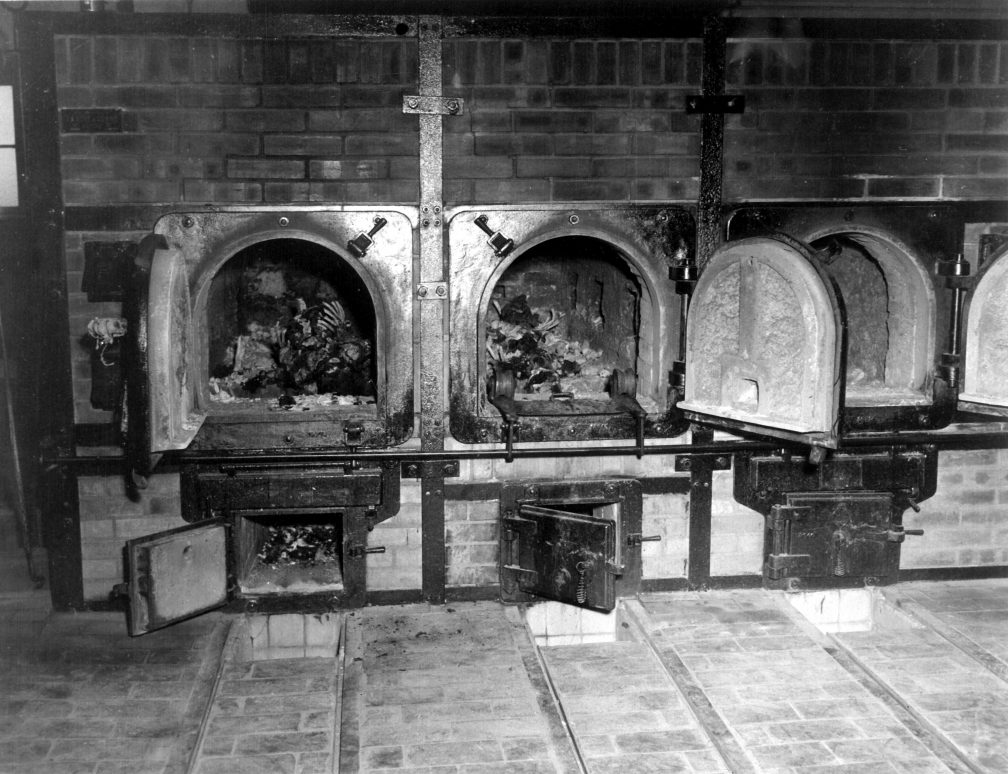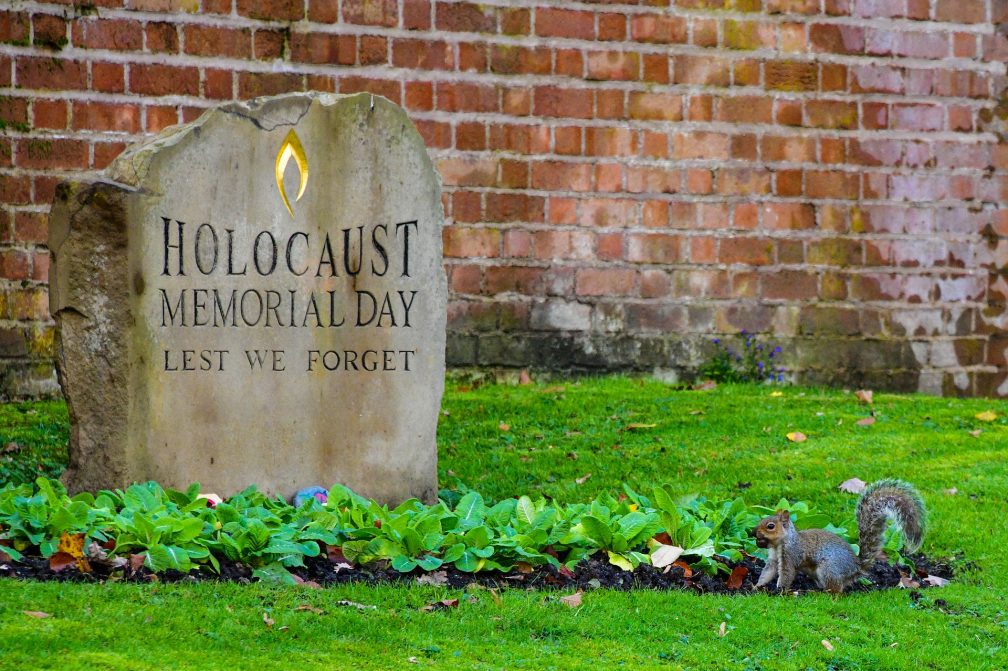We need to reflect upon ourselves, our species. We, humans with reflective intelligence and knowledge of higher values, must urgently strive to be better human beings. Working together, we can change the world by teaching truth and honesty, setting good examples, sharing knowledge and doing good for our neighbour.
By living and sharing the values of what is just, true and right, virtuous people can live in peace with each other. If the majority of people live a virtuous life where equality, human rights and dignity are universally respected, it can be a world at peace with prosperity shared equally.
January 27th is the Holocaust Memorial Day that marks the worst mass murder, the genocide of more than six million Jewish people and others. It happened across Europe from 1933 to 1945 when the Nazi political party came to power in Germany led by Adolf Hitler.
The holocaust was an almost indescribable implementation of a diabolical plan of the greatest evil to erase from the earth the Jewish people and others that the racist party under Hitler deemed to be sub-human and marked for elimination by planned mass execution.
The memorial is held to honour and uphold the dignity and memory of the millions who were brutally killed. Their human rights were stripped from them. They were arrested, robbed, abused, jailed and driven like cattle to the slaughter. They suffered greatly and died after torture and execution. Some were gassed to death in crowded gas chambers.
This massacre was perpetrated by the German Nazi regime under the killer and murderer Adolf Hitler from 1933 to 1945. The brutal murder of six million Jewish people and millions of others killed in the “Final Solution” was devised by Hitler to rid Europe of the Jewish people whom he hated. His fanatical racism knew no limit. He falsely believed the German Aryan people were the supreme and purest of people and all others were branded as inferior degenerates and had to be exterminated.
The Nazis built a total of 25 concentration and execution camps and sub-camps all over occupied Europe and in Germany for their evil purpose. Auschwitz is known as the most notorious. At least one million Jews were gassed, beaten or shot to death at this camp in Nazi-occupied Poland. In other camps, the killings went on. Between 870,000 and 925,000 people were killed at Treblinka in Poland; 170,000 died at Sobibor. At least 152,000 were murdered at Chelmno, and about 434,500 Jews were killed at Belzec. Almost all were in occupied Poland. The teenager Anne Frank was imprisoned in Bergen-Belsen camp and died of sickness just before the liberation. Her famous diary tells of her life in hiding and in the camp.
In Germany, the notorious Nazi camp was Buchenwald. This was built about twenty-five kilometres outside the famous cultural city of Weimar. There were prisoners from all over Europe. They were all considered degenerate, useless and used for slave labour in armament factories before being executed.
After receiving the Human Rights Award of the City of Weimar in the year 2000, I was brought to the Buchenwald Camp and given the privilege to lay a wreath of flowers on the memorial slab on the ground. It marks a memorial to the 56,545 victims killed there by the Nazis. As many as 208,000 were held in this camp and in sub-camps.
I was brought to see the tiny cell where important prisoners were held before being brought to the execution chamber in the corner of the camp. There, I saw huge photographs of piles of some two hundred emaciated dead bodies piled on top of each other like a human garbage dump.
Inside, there was the execution chamber where the prisoner was made to stand against the wall and behind him was a hole in the wall through which he was shot in the back of the head. There were hooks in the roof from which other prisoners were strung up with wire around their necks and they hung until they died of strangulation.
Beside this, there was a large, rusty metal lift where the bodies were thrown and it lifted them up one floor to the ovens. In the crematorium room, there were six furnaces in a row. They threw the bodies on a trolly and shoved them into the long oven. They locked the metal door of the oven and incinerated the bodies of the murdered victims. This shocking and harrowing experience of my visit to Buchenwald has stayed with me. This camp, and others, stand today as historical evidence and a stark reminder that however developed, cultured, educated, and technologically-advanced and prosperous a nation is, it can allow a racially motivated, hate-filled politician to come to power, murder millions and destroy the nation. After Hitler’s suicide and the end of World War II, Germany was devastated.
With all our strength, moral and positive political influence, we must educate and inspire people to choose their leaders carefully. The good leaders are those with compassion, kindness, understanding, integrity, goodness and a love of justice and truth. This is the leader that can lead a nation away from the culture of greed, selfishness, killing and death to its noble destiny where goodness and justice will prevail.


